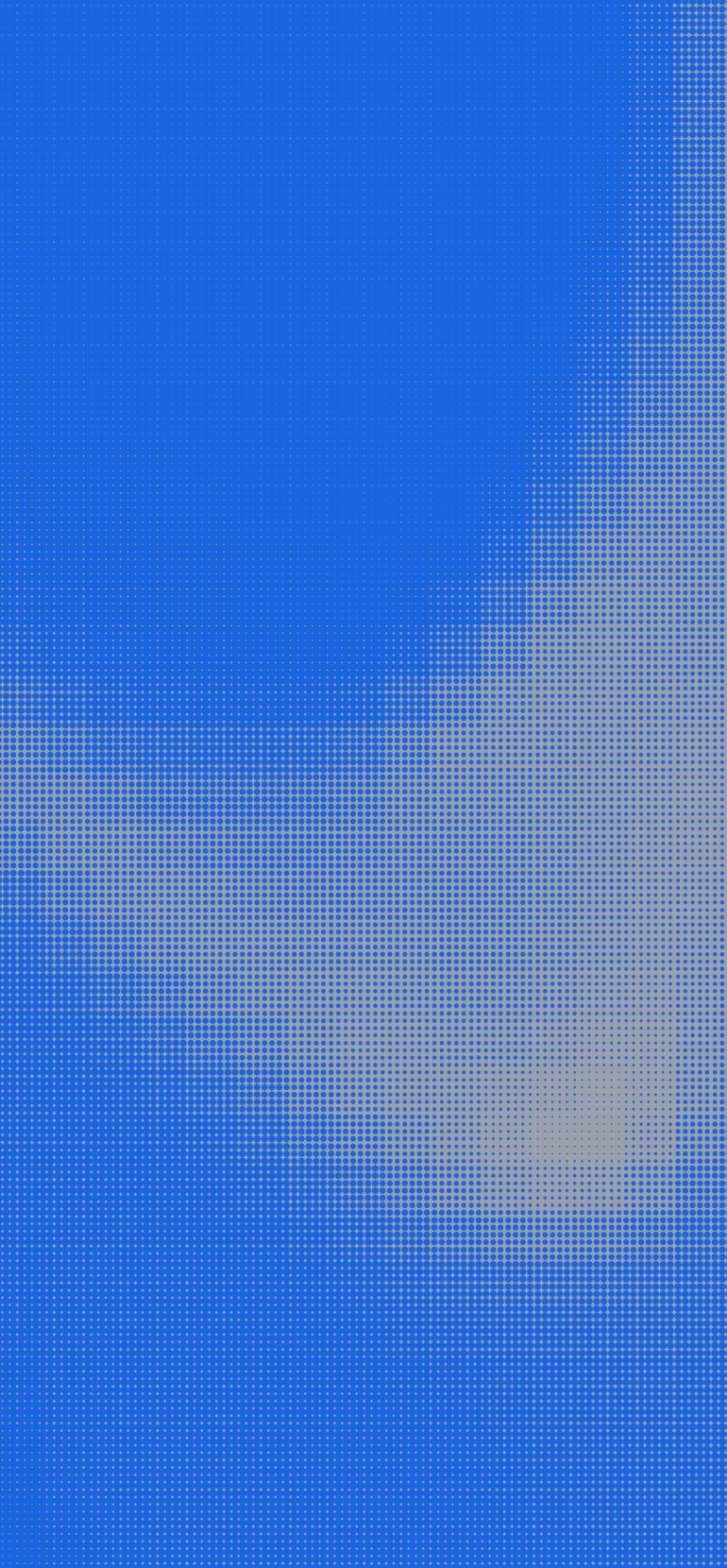Royalty rates in pharmaceutical industry: key aspects of valuation
January 15, 2024

When entering a pharmaceutical licensing deal, setting fair royalty rates is crucial to ensure that both the licensor (the company granting the license) and the licensee (the company receiving the license) receive equitable benefits from the intellectual property (IP) being licensed. Fairness in setting these rates establishes a foundation for a successful and sustainable partnership.
Royalty rates in the pharmaceutical industry can be determined by various factors, including:
- Therapeutic Value: The perceived value of the drug in the market, including its effectiveness, uniqueness, and potential impact on patient outcomes, influences royalty rates. Drugs addressing unmet medical needs or those with breakthrough potential often command higher rates.
- Market Potential: The size and growth potential of the market targeted by the drug play a significant role. Larger markets or niche segments with high growth potential can influence royalty rates.
- Intellectual Property Strength: The strength and scope of the drug’s intellectual property (IP) protection, such as patents, trademarks, or trade secrets, greatly affect royalty rates. Stronger IP often translates to higher rates.
- Comparable Deals: Analyzing similar licensing or partnership agreements within the pharmaceutical industry can provide benchmarks for setting royalty rates. Comparable deals help in assessing market standards.
- Stage of Development: The drug’s stage in the development cycle—whether it’s in early research, clinical trials, or already on the market—affects royalty rates. Higher risks associated with early-stage drugs might lead to lower rates.
- Regulatory Environment: The complexity and cost of regulatory approvals, along with the drug’s compliance with regulations, influence royalty rates. Drugs facing fewer regulatory hurdles might command higher rates.
- Geographic Considerations: Royalty rates can vary based on the region or country. Different market dynamics, regulatory environments, and healthcare systems impact rates.
- Economic Considerations: Economic factors like expected pricing, reimbursement structures, and healthcare policies in target markets affect the calculation of royalty rates.
- Partnership Terms: The specific terms of the licensing or partnership agreement, such as upfront payments, milestone payments, exclusivity, and royalty rate structures (e.g., fixed percentage or tiered royalties), all impact the final royalty rate.
- Risk Factors: Any inherent risks associated with the drug’s development, such as potential side effects, competition, or market acceptance, can influence royalty rates.
Usually, a royalty rate is set as a percentage of sales revenue generated by the licensed intellectual property. This means, that the licensor, the entity granting the license for the intellectual property, receives a portion of the revenue earned from the sales of products or services that utilize that intellectual property. The percentage set as the royalty rate can vary based on negotiations, the perceived value of the IP, market conditions, and industry standards.
Using a percentage of sales revenue as the basis for royalty payments allows the licensor to benefit directly from the success of the licensed product or service. It also aligns the interests of both parties, as the licensor earns more when the product performs well in the market, creating an incentive for both parties to maximize sales and success.
Negotiating mutually agreeable royalty rates is both thrilling and demanding for licensing professionals. In the pharmaceutical sector, these rates can span from a few percentage points to over 10% of sales. One approach involves ensuring that the minimum royalty rate is set to recoup the investment made in licensing patents and know-how. Research-oriented pharmaceutical companies typically allocate between 7 and 15% of their sales toward research and development expenditures. For newly developed drugs primed for market entry, minimum royalty rates may fall within this established range.
If you use the Market approach for royalty rate percentage identification, you have to determine pharmaceutical royalty rates by referencing those established in similar license agreements between independent parties. This method allows for an assessment of royalties set for analogous intellectual property under comparable conditions. And firstly, you have to find suitably comparable recent pharmaceutical license agreements. You can use the RoyaltyRange Royalty rates database to find them. Our experts analyze each agreement against more than 50 comparability factors. These include intellectual property type, industry, geographical coverage, agreement date, exclusivity, useful life, and development stage.
Three different search options are prepared by RoyaltyRange: readymade royalty rates reports, readymade benchmarking studies, and a tailored royalty rates search. You can find out more about each of these options by using the above links or getting in touch with us.
https://www.sciencedirect.com/science/article/pii/S2199853122002979




